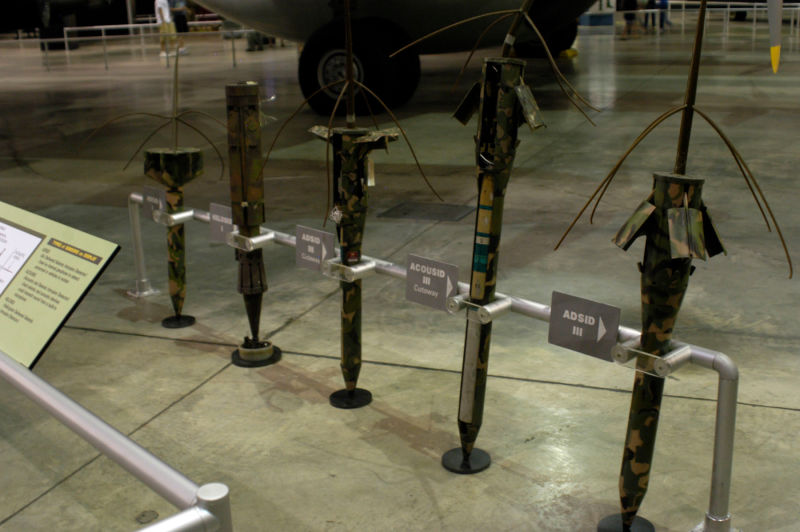Roy Rosenzweig in Wizards, Bureaucrats, Warriors and Hackers, mentions how very little is really known to the public, about the effects and the role ARPA played in the Vietnam war.
Rosenzweig mentions Igloo White but yet what was it? Igloo White was formed by yet another secret group of 45 scientists, named the Jasons or The Jason Division all under the pay-roll and influence of ARPA. Apparently, the Jasons were very arrogant and egotistic, yet anti-war and “peaceniks” as Lukasik (deputy director and later director of ARPA), himself, characterises them.
However, they were still the ones who created the idea of Igloo White and who therefore caused all the ‘super-excessive’ bombings on the Ho Chi Minh Trail in Laos and Cambodia. The Jasons thinking was that by bombing every truck that would pass through the trail, they would lessen the supply of the Viet Con and therefore enable them to fight. However, the bombings continued with no results whatsoever and the Jasons came up with the idea of Igloo White, the invisible wall, built with sensors.
All the sensors that Rosenzweig writes about in his article, were thrown out of airplanes one by one by soldiers, as can be seen below.

What makes this more bone-chilling is the fact that whatever these sensors could do was controlled by computers and monitors from the US command center in Thailand, basically giving the US soldiers their first video-game-like war toy.

This idea of an invisible fence that could control, sense and also attack any movement, motion, etc. was extremely interesting and innovative, especially for its time. Of course, as in any other case, it slowly evolved from badly made sensors, that would need Nickel batteries to operate and most likely break right on landing, to a better, newer and more expensive version, that would even come with a vegetation camouflage version.
Where the Jasons and everyone else went very wrong, was that any type of technology, especially when used for war, can completely sidetrack. Igloo White was the first of its kind to show the world how powerful warfare (and the US) can be. However, the US had spent $1 billion per year, for an operation that in the end did not show any actual results, and the Air Force definitely did not want to admit its defeat. The monitors didn’t categorise vehicles, which meant that any type of movement sensed or vehicle that passed through the trail, whether that was an animal or an actual war truck would be blown up to pieces. According to the Air Fore, they managed to destroy 75,000 enemy trucks, yet what they didn’t know was that the CIA had estimated that there were only about 6,000 enemy trucks in all of North Vietnam, so what were all the rest 69,000 “vehicles”? And those sensors, now mines, that were left in the ground have killed thousands of people throughout the years since they were planted. This is another example of how man-made technology can turn against the human kind.
Bibliography
Novak, Matt. “How the Vietnam War Brought High-Tech Border Surveillance to America.” Paleofuture, Paleofuture.gizmodo.com, 24 Sept. 2015, paleofuture.gizmodo.com/how-the-vietnam-war-brought-high-tech-border-surveillan-1694647526.
“War by Any Means: The Story of DARPA.” New Scientist, www.newscientist.com/article/2125337-war-by-any-means-the-story-of-darpa/.
